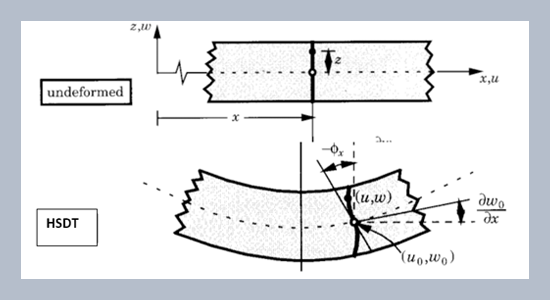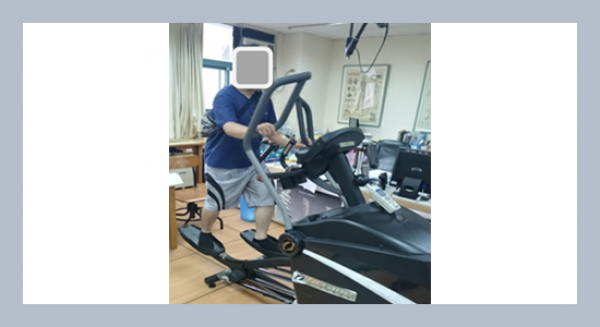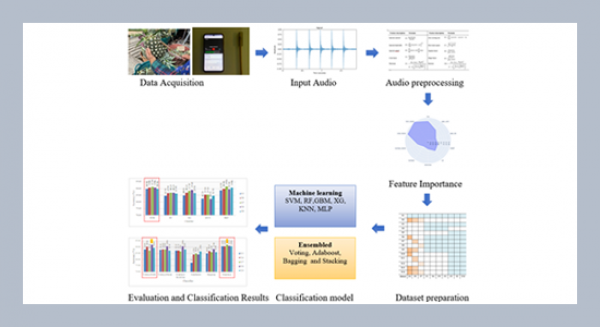Rasha Mohammed Hussein* Mechanical Engineering Department, University of Technology, Iraq
Download Citation:
|
Download PDF
The most interested point is to find the natural frequency of a nano-composites plate and its study analytically and numerically by ANSYS software. Very good mechanical properties of carbon nanotubes give them importance for reinforcing the composite plate to get acceptable property for a new material. The Polyprime EP epoxy as a matrix, which is strengthened via Multi-Walled Carbon Nanotubes (MWCNTs), has been analyzed. Three loading ratios (0.1, 0.5 and 1 wt.%) of MWCNTs have been added to epoxy using a magnetic stirrer, and then hardener was added and blended with them. Tensile tests were conducted upon unfilled, MWCNT-filled epoxy to find the materials' mechanical properties. A CNC machine was used to cut all samples. Scanning Electron Microscopy (SEM) was utilized to obtain the nanotubes' dispersal status into the base matrix. Higher Order Shear Deformation Plate Theory (HSDT) and ANSYS software were employed for finding the natural frequency for the three loading ratios. The results of tensile tests manifested an enhancement in the Young’s modulus for higher supplement percentages of MWCNT. And, the maximum tensile strength was obtained at 0.5 wt.% of MWCNT with the ratio 66.7%. The SEM images explicated that the sample of 0.1 wt.% MWCNT possesses less voids in comparison with the other samples. The effect of increasing loading ratio from 0.1 wt.% to 0.5 wt.% increased the frequency by 5.9%.ABSTRACT
Keywords:
Multi-walled carbon nanotubes (MWCNT), Epoxy composites, Vibration, Higher order shear deformation plate theory (HSPT).
Share this article with your colleagues
REFERENCES
ARTICLE INFORMATION
Received:
2023-01-06
Revised:
2023-03-03
Accepted:
2023-03-13
Available Online:
2023-05-01
Hussein, R.M. Vibration analysis of nano-composite plate based on HSPT and numerical analysis. International Journal of Applied Science and Engineering, 20, 2023001. https://doi.org/10.6703/IJASE.202306_20(2).010
Cite this article:
Copyright The Author(s). This is an open access article distributed under the terms of the Creative Commons Attribution License (CC BY 4.0), which permits unrestricted use, distribution, and reproduction in any medium, provided the original author and source are cited.















